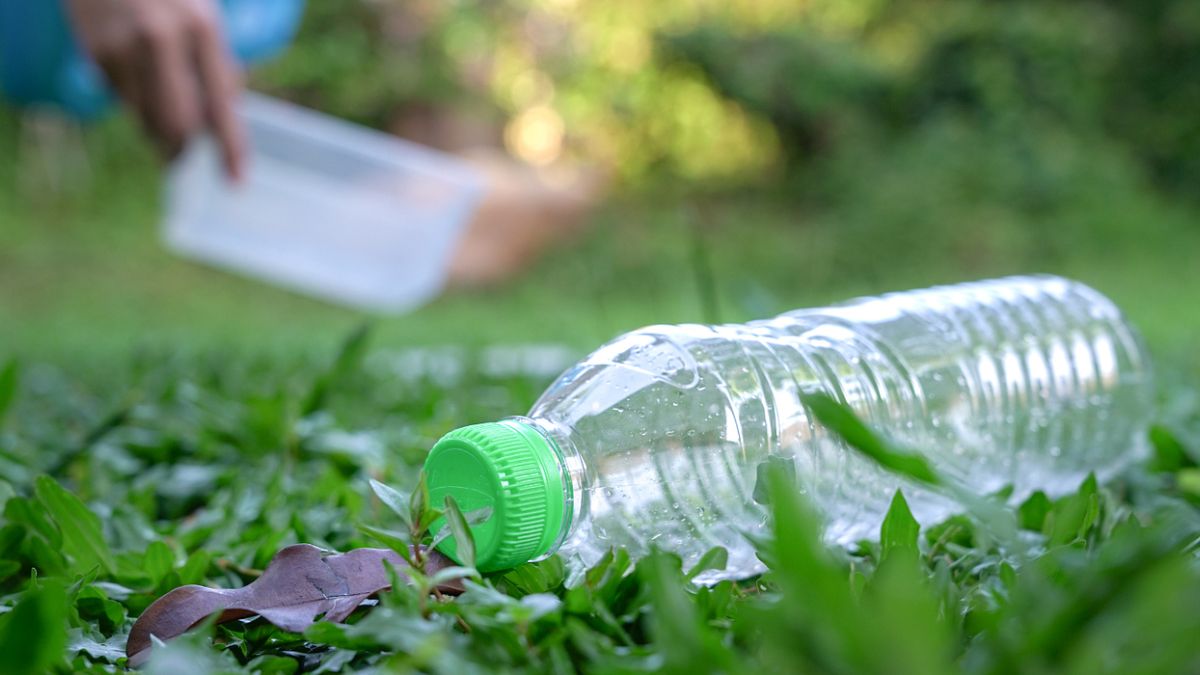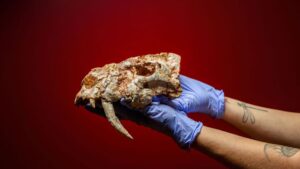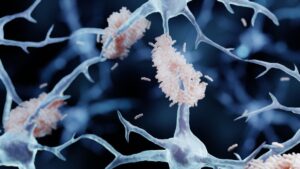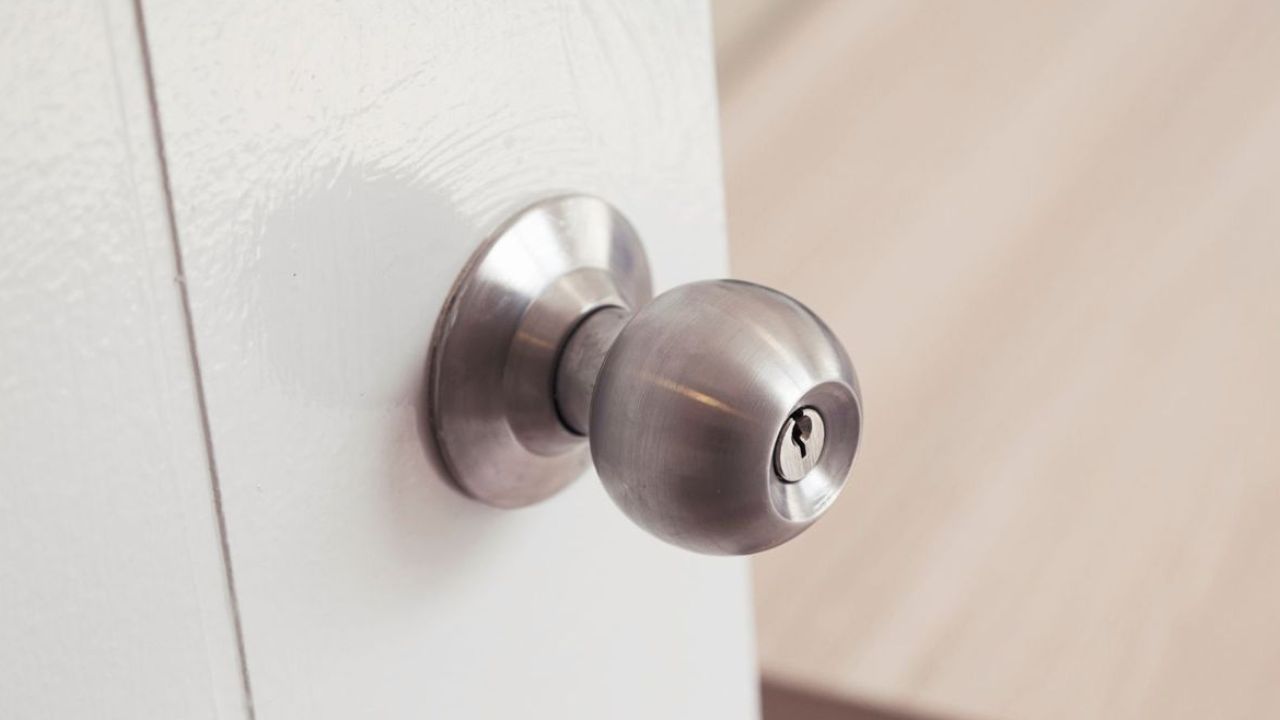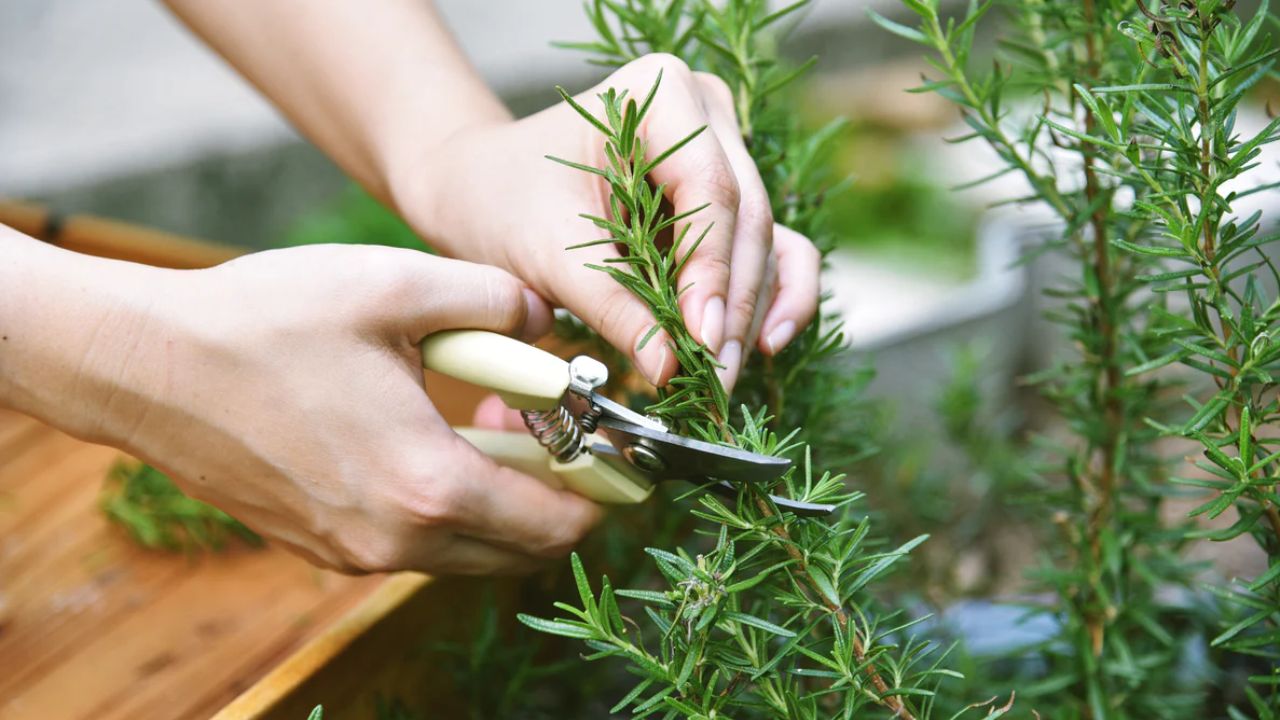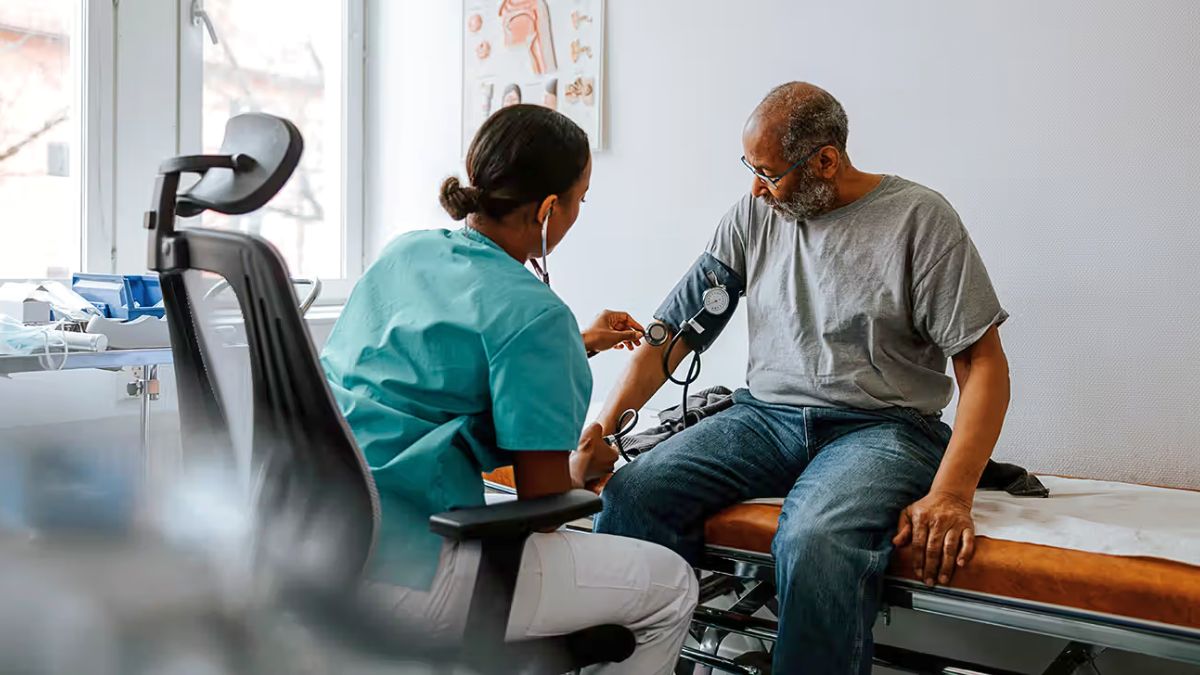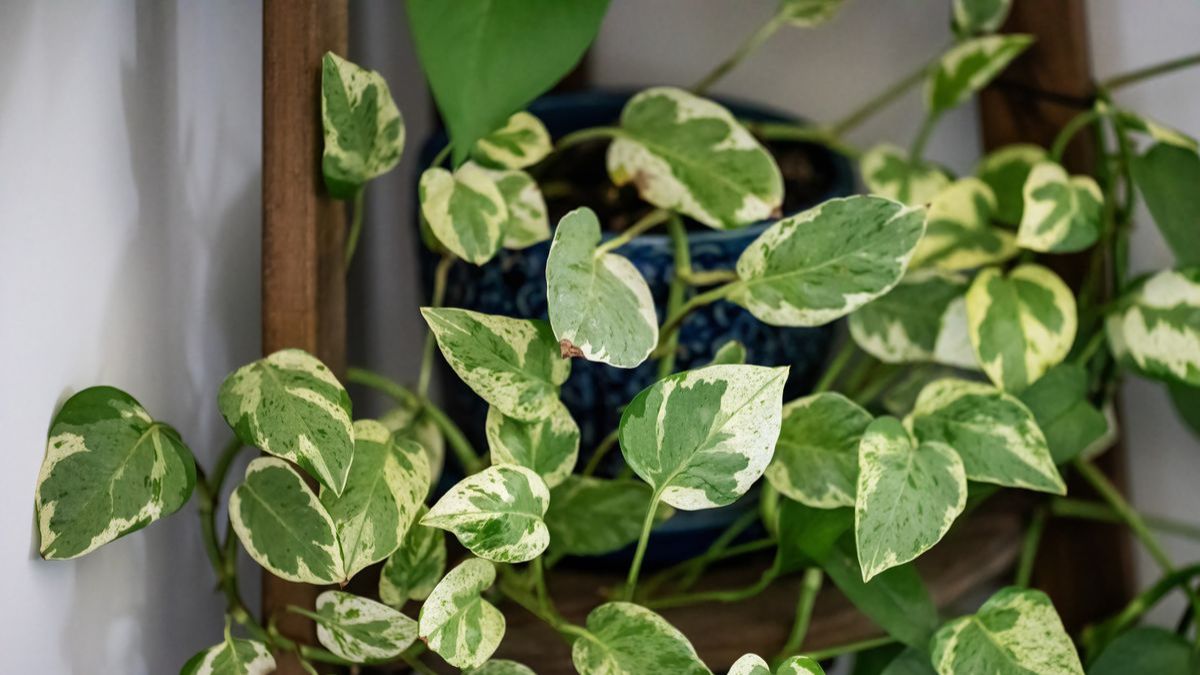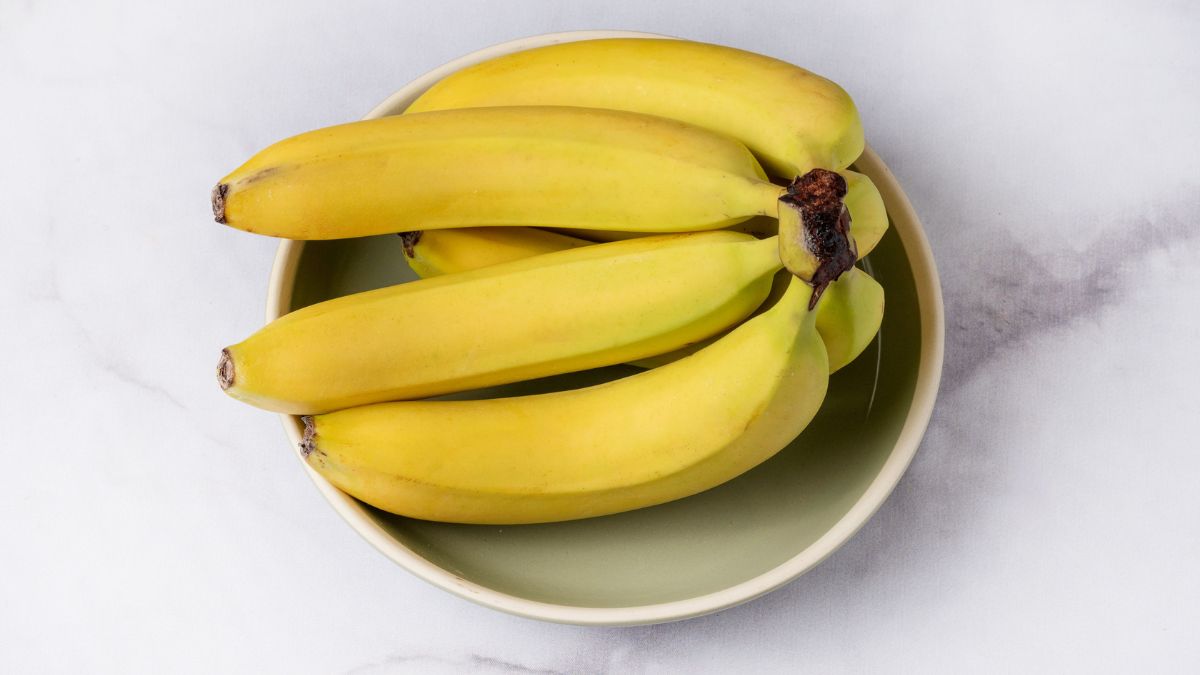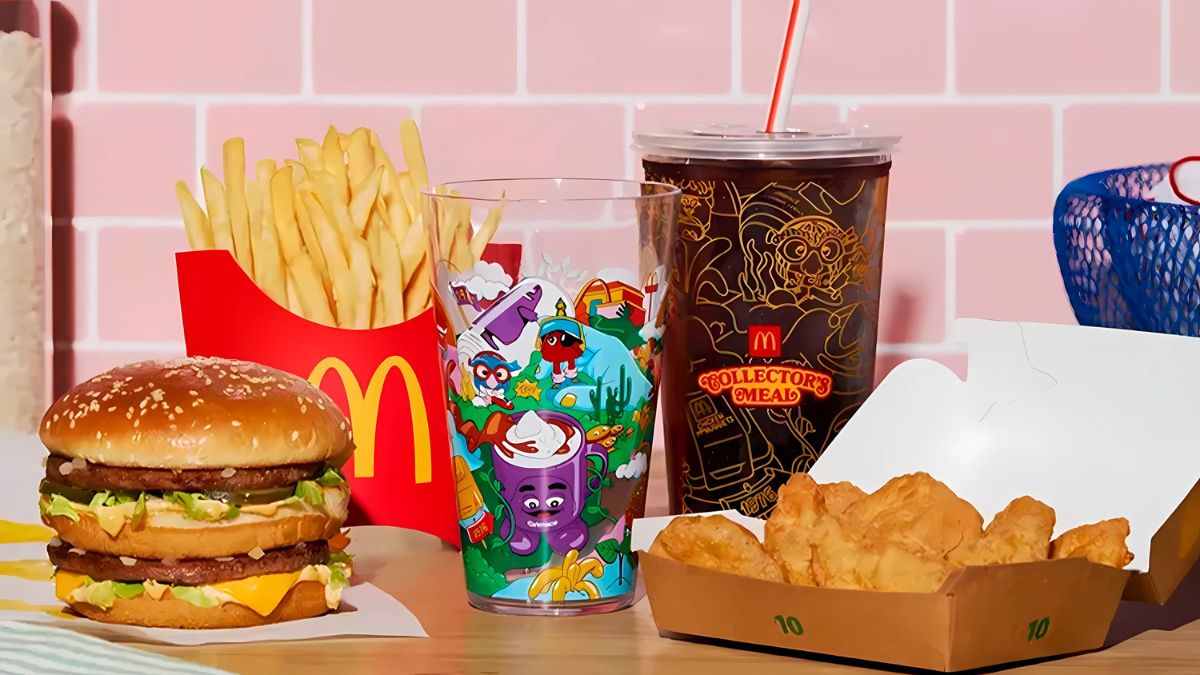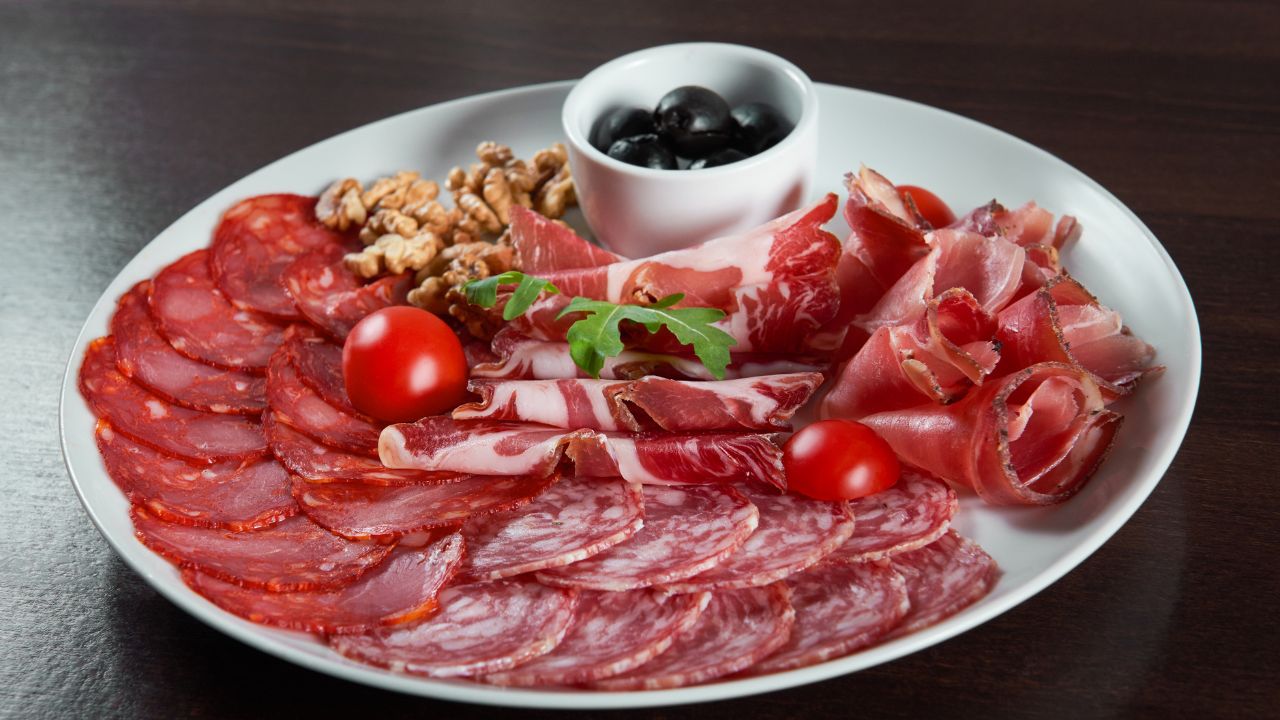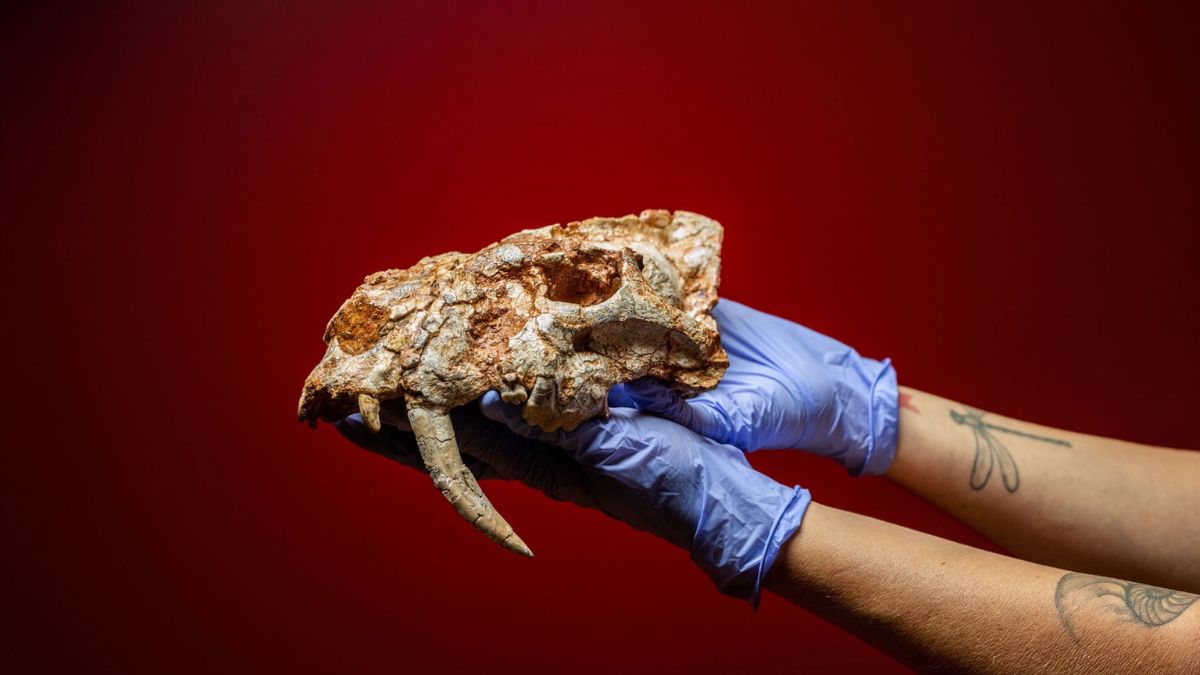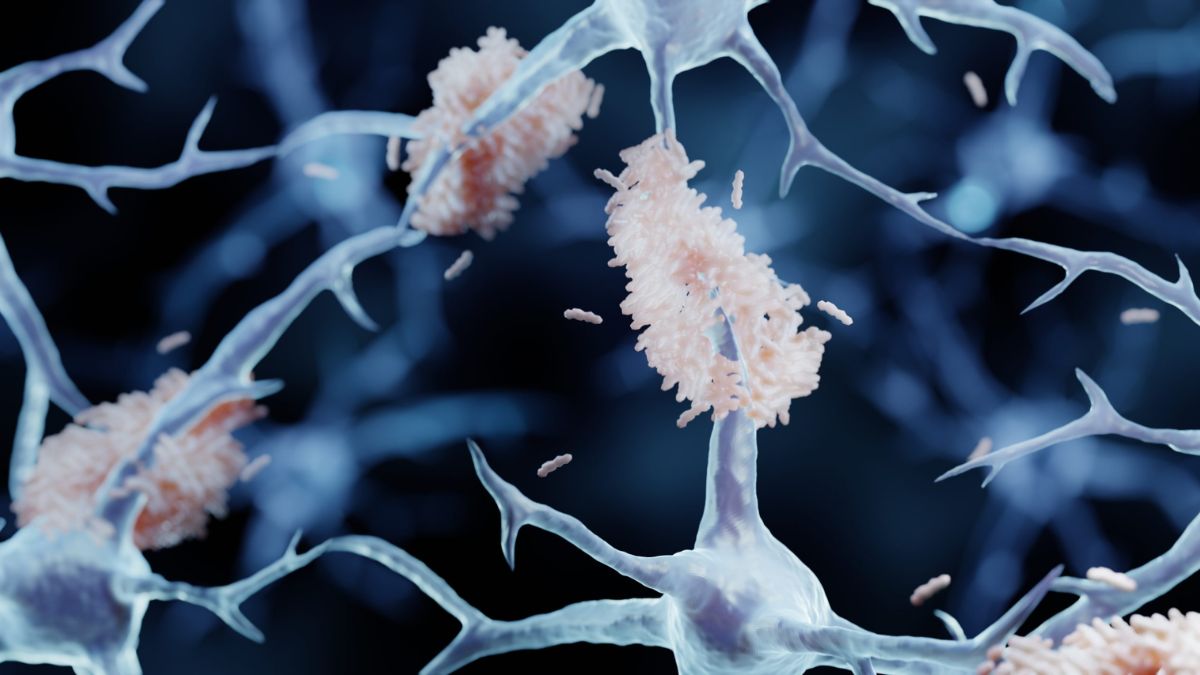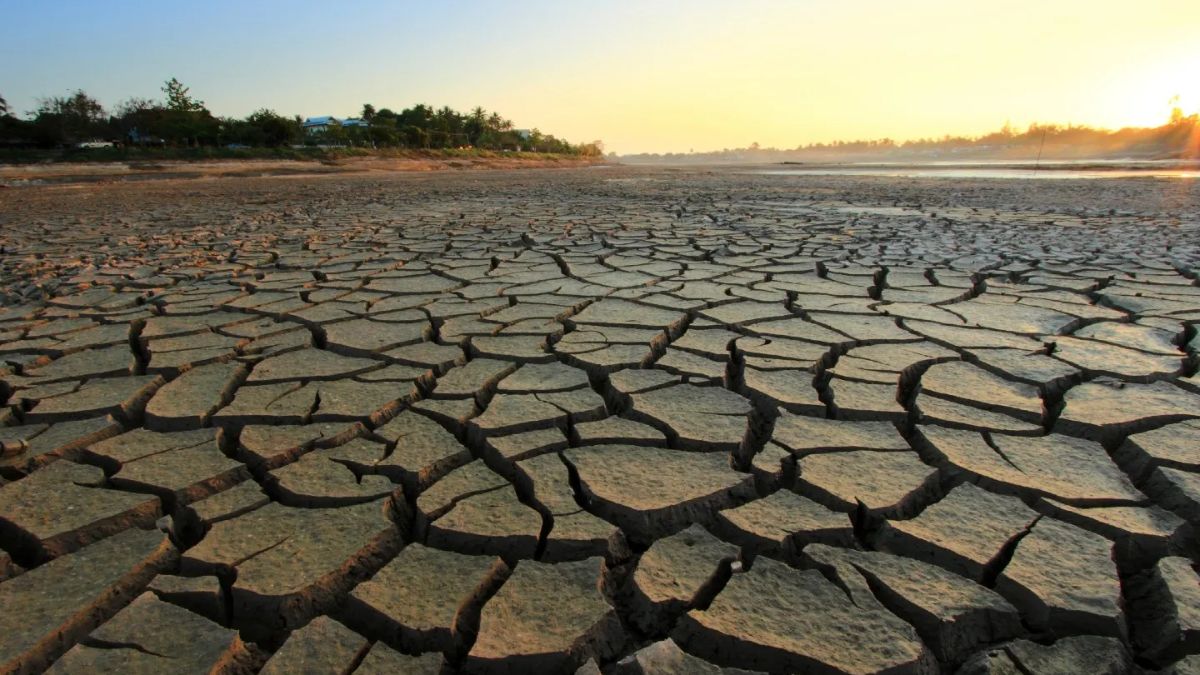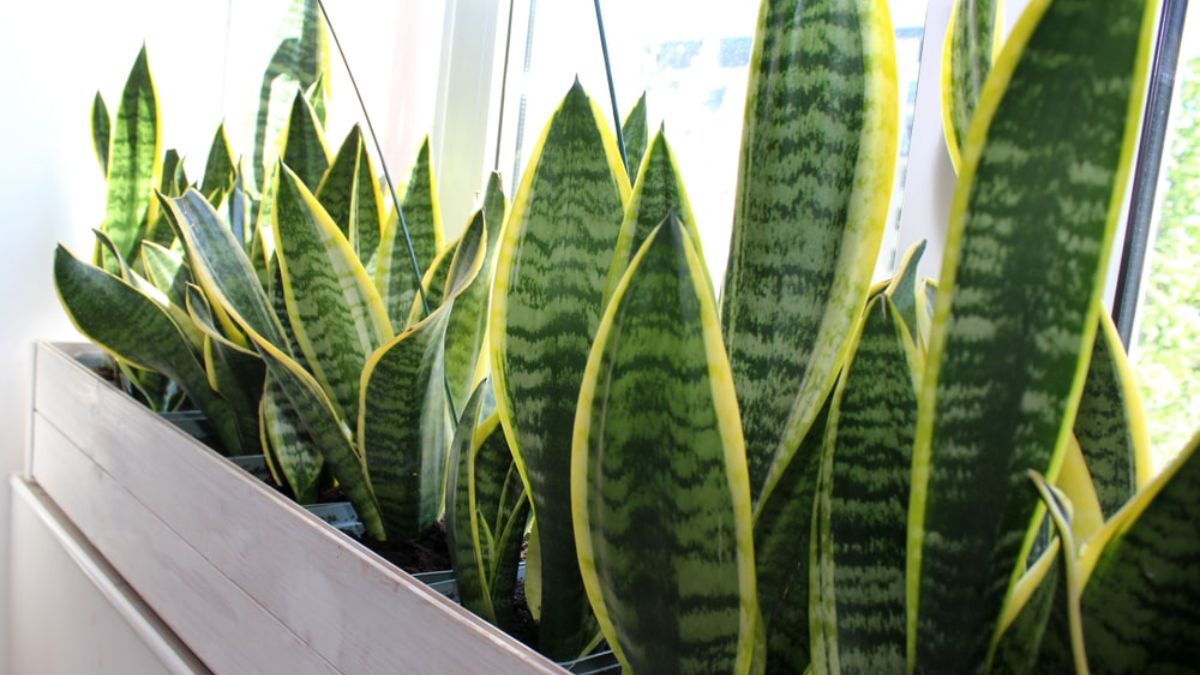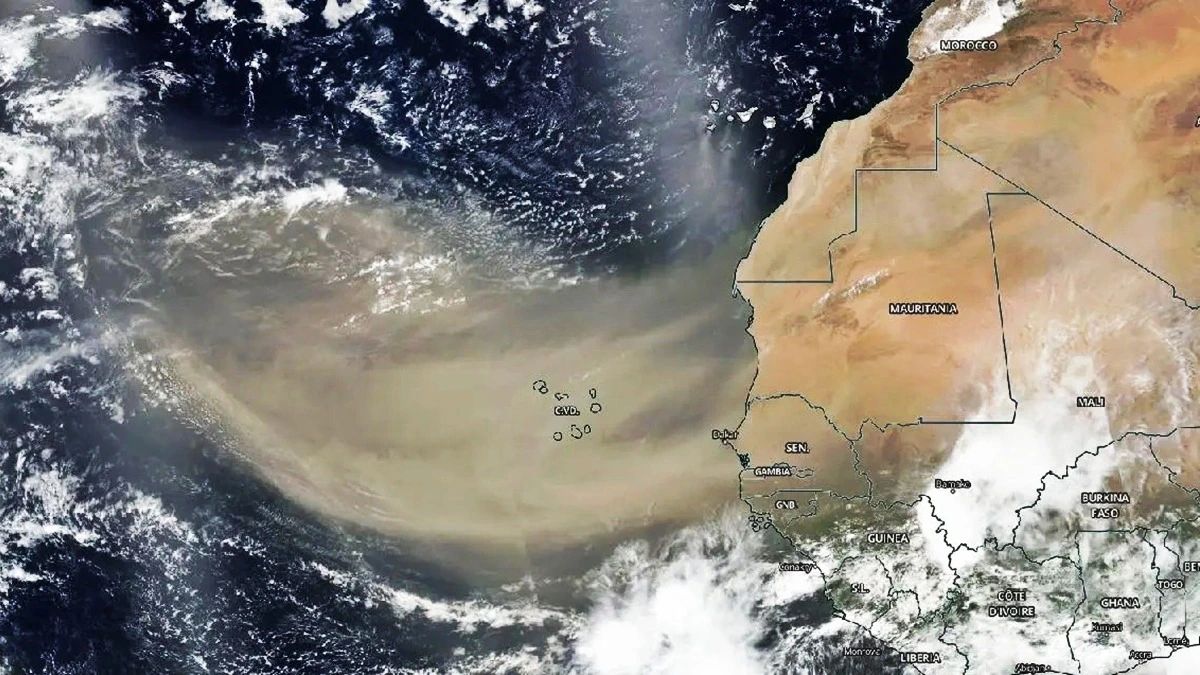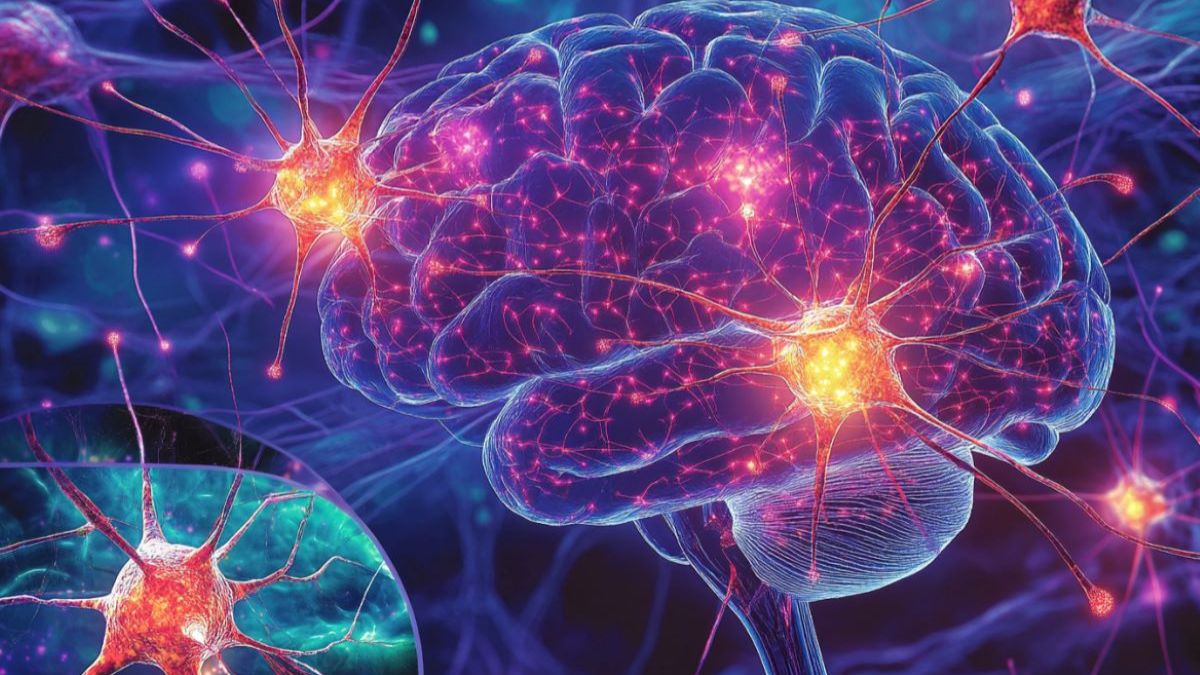We all know plastic pollution is one of the biggest threats to our planet. From grocery bags to packaging, plastic is everywhere—and it sticks around for centuries. But what if there was a plastic that didn’t harm the Earth? What if, instead of polluting, it biodegraded, and even better… what if it was alive?
Well, it’s happening. Swiss scientists have developed a revolutionary biodegradable plastic made from living fungus. Yep, living plastic. Let’s cut into this groundbreaking invention and what it could mean for our future.
Origins
This isn’t science fiction. The eco-plastic comes from scientists at Empa—Switzerland’s Federal Laboratories for Materials Science and Technology. Their mission? To create a planet-friendly alternative to traditional plastic. And what they came up with is seriously next level.
Their new material is flexible, compostable, safe, and… edible. But what really sets it apart is the fact that it’s made from a living organism: fungus.
Fungus
The main star of the show is Schizophyllum commune, or split-gill mushroom. It’s a common fungus found in nature and even in some dishes. But now, it’s become a scientific superstar for its potential to transform the plastics industry.
Researchers used the roots of this fungus—called mycelium—to create a gel-like material while keeping the cells alive. This gel is known as LFD, or Living Fiber Dispersions.
LFD
LFD is what gives this new plastic its incredible features. It’s strong, water-resistant, non-toxic, and easy to shape into various forms. Even better, it continues to produce useful natural substances long after it’s been molded.
Imagine a plastic that still “works” even after it’s made. That’s exactly what LFD offers.
Substances
What makes this living plastic so functional are two natural compounds that the fungus continues to produce:
- Schizophyllan – This adds strength and flexibility to the material
- Hydrophobins – These help repel water and bond surfaces together
Thanks to these compounds, the material becomes self-sustaining and highly versatile, unlike typical biodegradable plastics that degrade quickly or lose functionality.
Here’s a quick table to break it down:
| Compound | Function |
|---|---|
| Schizophyllan | Strengthens and structures |
| Hydrophobin | Repels water and joins materials |
Everyday
Think about how much plastic you use in a single day—water bottles, food packaging, mailers, trash bags. All of this could one day be replaced by this fungus-based plastic.
Since it’s biodegradable and non-toxic, it could be safely used in:
- Food packaging
- Trash bags
- Disposable items
- Cosmetics containers
- Even bio-batteries
And because it’s alive, it doesn’t just break down; it also contributes to the environment as it degrades, unlike fossil-based plastic which just pollutes.
Future
This innovation isn’t just about cleaning up our current mess—it’s about changing how we think about materials altogether. Scientists believe this is only the beginning.
In the future, we could have:
- Clothes made from self-regenerating fungus
- Smart packaging that changes based on temperature
- Medical tools that adapt to body conditions
- Building materials that grow and repair themselves
We’re talking about intelligent materials—products that adapt, heal, and decompose in harmony with nature.
Hope
Let’s be honest, the planet needs a break. And while big industries are slowly moving toward greener practices, breakthroughs like this one from Empa are on a completely different level.
This could be the beginning of a new era in sustainable design. One where your shopping bag or jacket is made from something living, something natural, and something that leaves no trace behind.
So the next time someone says science is boring, tell them about living fungus plastic. And maybe, just maybe, we’ll all be wearing mushroom-based fashion in a few years.
FAQs
What is fungus-based plastic?
It’s a biodegradable material made from living fungus cells.
Can this eco-plastic be used daily?
Yes, it’s ideal for packaging, bags, and disposable products.
Is it really alive?
Yes, the fungal cells remain alive and functional in the material.
What substances make it useful?
Schizophyllan and hydrophobin give it strength and water resistance.
Could this replace traditional plastic?
It has strong potential to be a sustainable alternative.

